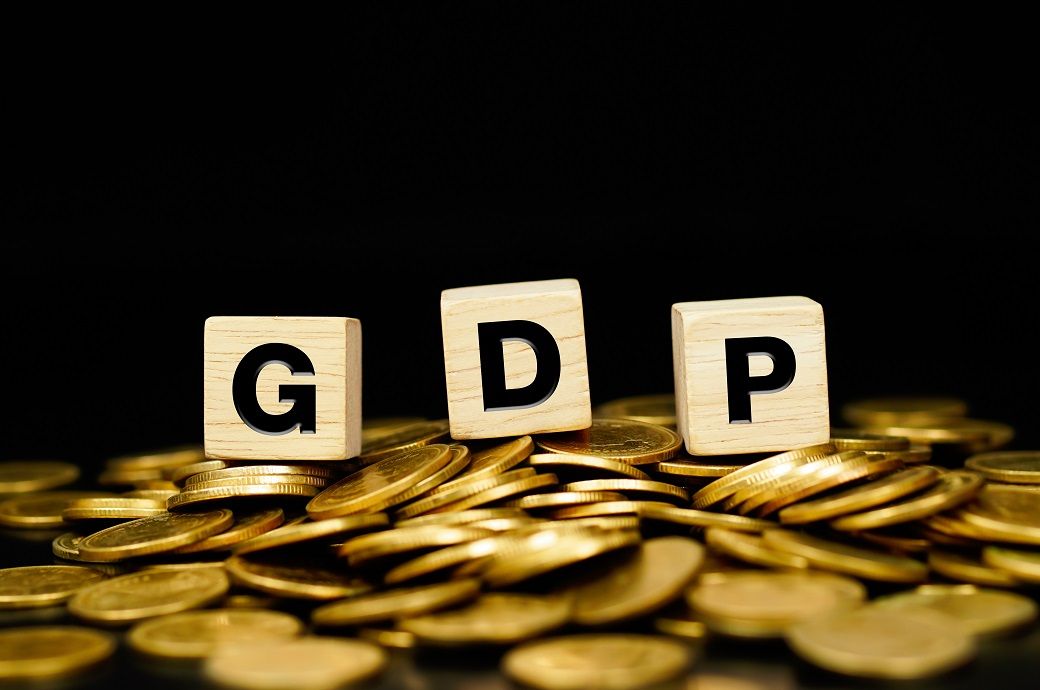
Within the G7 nations, quarter-on-quarter GDP growth improved to 0.5 per cent in Q2 2023, compared to 0.4 per cent in the previous quarter. While Japan and France saw noticeable increases in their GDP growth, Italy experienced contraction. Meanwhile, the United States and the United Kingdom recorded marginal growth. Canada's GDP growth slowed down, and Germany's growth remained stagnant after contracting for two consecutive quarters, OECD said in a media release.
Various countries released details behind these GDP shifts. Japan's GDP growth was primarily bolstered by net exports, while in France, the same factor played a crucial role even as private consumption contracted. In the United Kingdom, growth was supported by private and government spending. In the United States, investment and decelerating private consumption contributed to growth.
Among OECD countries closest to the war in Ukraine, Lithuania's GDP surged by 2.8 per cent in Q2, contrasting with a sharp contraction in Poland and a continued slump in Hungary.
Ireland led the pack with the strongest GDP growth of 3.3 per cent in Q2, while Poland saw the most significant contraction at minus 3.7 per cent. Slovenia and Costa Rica also posted positive growth figures.
Overall, GDP in the OECD region exceeded its pre-pandemic level (Q4 2019) by 5.1 per cent. However, in the United Kingdom, GDP remained slightly below its pre-pandemic level. Spain, heavily impacted by the pandemic in 2020, surpassed its pre-pandemic GDP for the first time, albeit by a modest 0.4 per cent.
The mixed growth rates within the OECD and G7 nations indicate varying degrees of economic recovery and challenges, offering a complex global economic landscape as we move further into 2023.
ALCHEMPro News Desk (KD)
Receive daily prices and market insights straight to your inbox. Subscribe to AlchemPro Weekly!